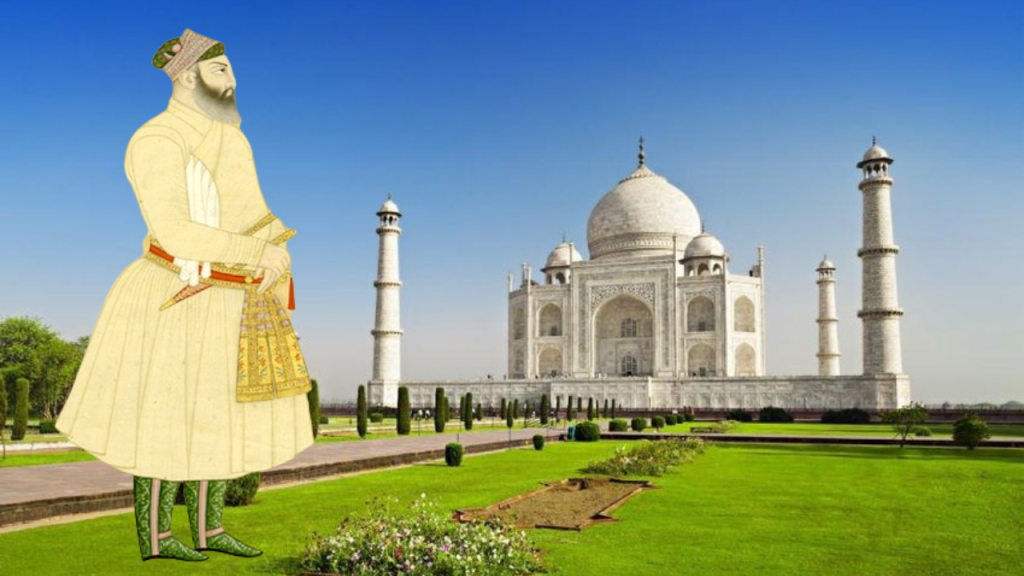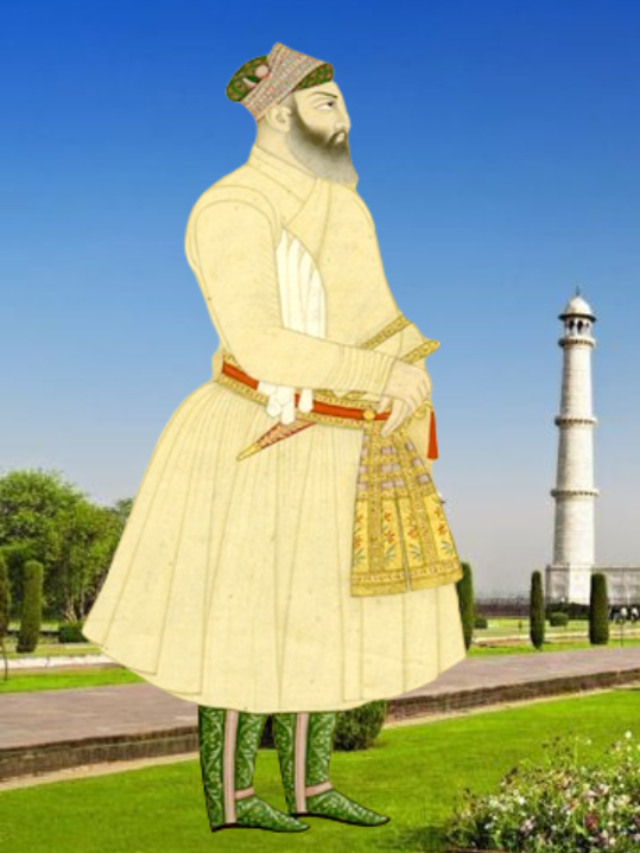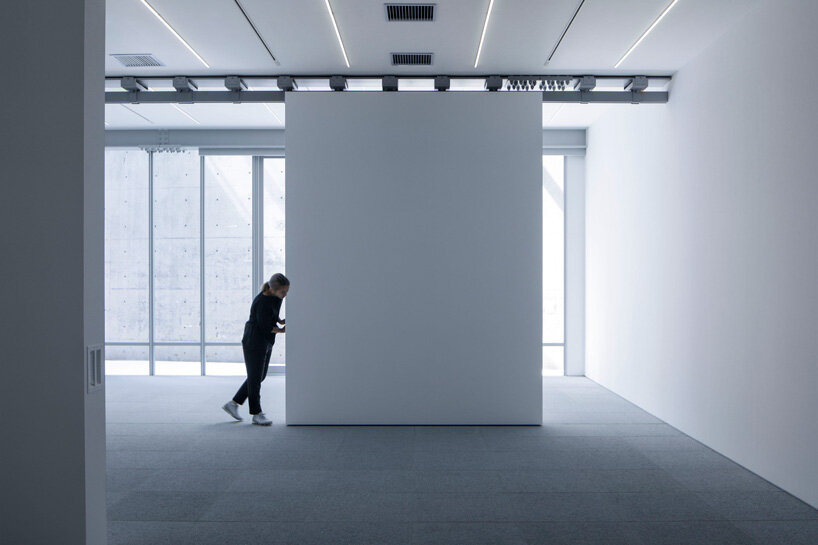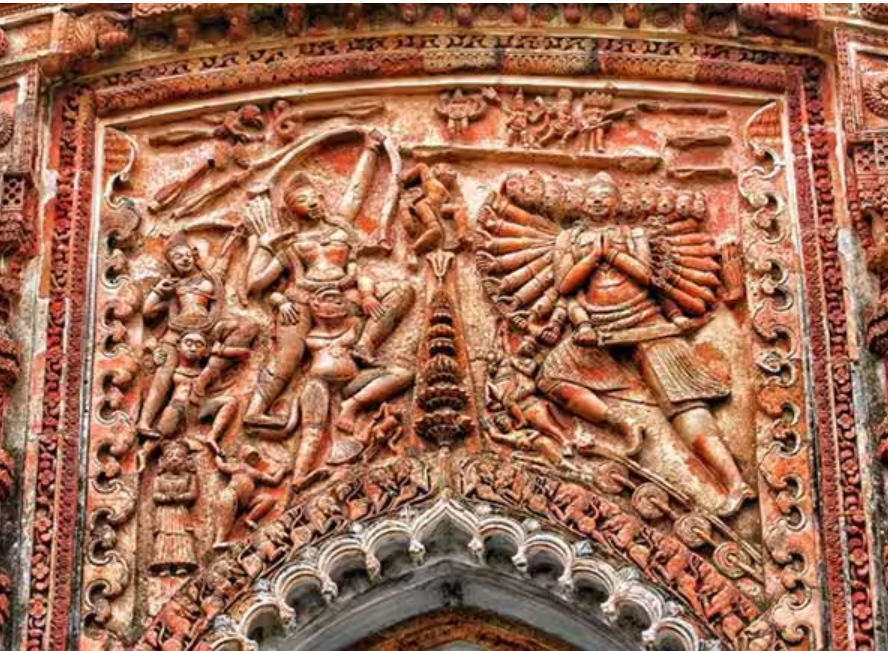All of us are familiar with the new 7 wonders of the world. One among them is the Taj Mahal, a glorious marble mausoleum built by Shah Jahan in memory of his wife, Mumtaz Mahal. The monument was built not only to house the queen’s grave but also to evoke the imagery of paradise on Earth. Around 20,000 artisans, stonemasons, and calligraphers were employed to finish this new wonder. In the Mughal Era, the credit for any architectural marvel was bestowed upon the emperor. But who really designed the Taj Mahal? It was a man named Ustad Ahmad Lahori. Let’s take a look at Ustad Ahmad Lahori’s biography chronicling his life and legacy.
Who Is Ustad Ahmad Lahori
Ustad Ahmad Lahori (1580 – 1649) was born in Lahore as is evidenced by his ‘nisba’ or last name. He migrated to Delhi to join Shah Jahan’s court; quickly becoming the chief architect during Shah Jahan’s reign. He was extremely adept at geometry, arithmetics, and mathematics. Not much is known about Ustad Ahmad Lahori’s wife, apart from the fact that she bore him three sons – Ataullah, Lutfullah, and Nurullah.
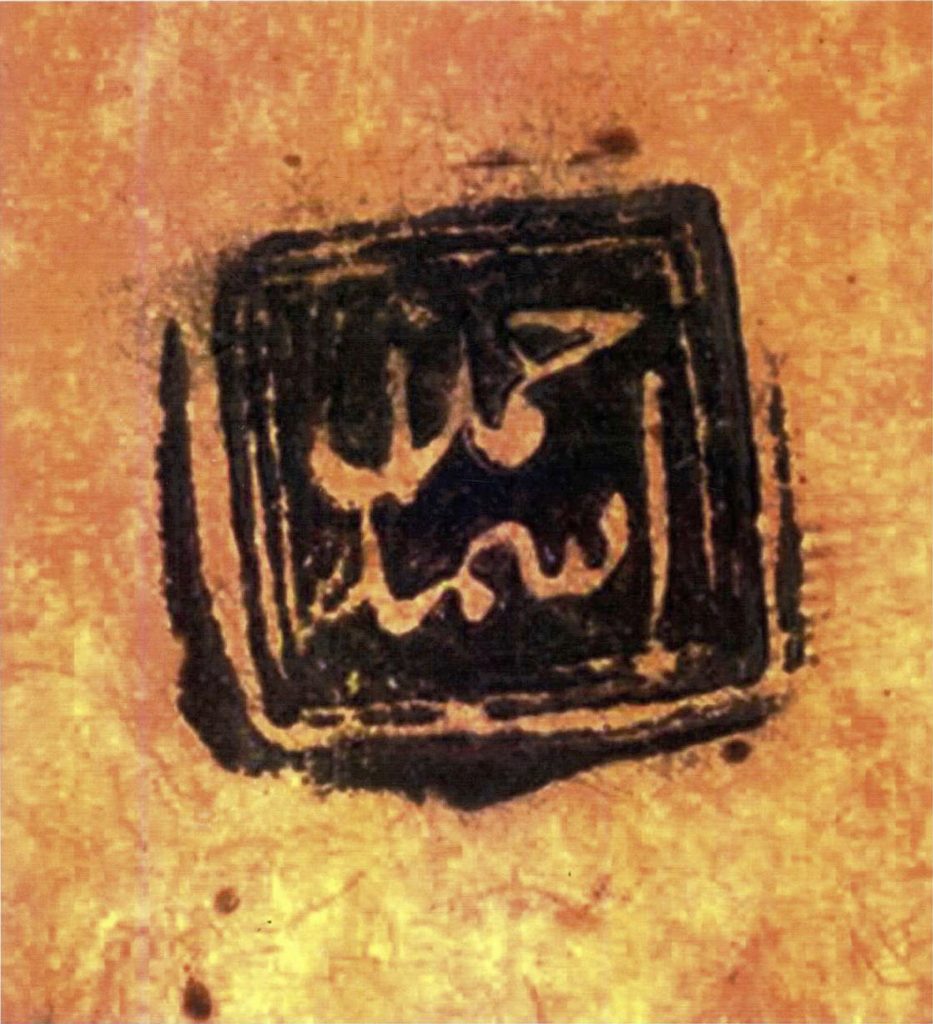
It is a popular albeit incorrect rumor that after building the Taj Mahal, Shah Jahan had him blinded and cut off his hands so that he would never build a monument as majestic as the Taj. However, it has proven to be a myth as his family documents reveal that Ustad Ahmad Lahori’s death was indeed caused by natural causes.
Ustad Ahmad Lahori Architecture Career
Ustad Ahmad Lahori came from a long line of architects and engineers. Owing to his prowess, he attained the mantle of ‘Nadir-ul-Asar’, translating to ‘wonder of the age’ from emperor Shah Jahan. His architectural style is an amalgamation of Indo-Islamic and Persian styles. In 1631, he was commissioned by Shah Jahan to construct the Taj Mahal, leading the entire project as the chieftain of the board of architects. He was well-known for his skilful marble and sandstone work to produce elaborate patterns and ornamental accents. He was adept at producing compositions that were harmonious and well-balanced, and his designs frequently used calligraphic, geometric, and symmetrical components.
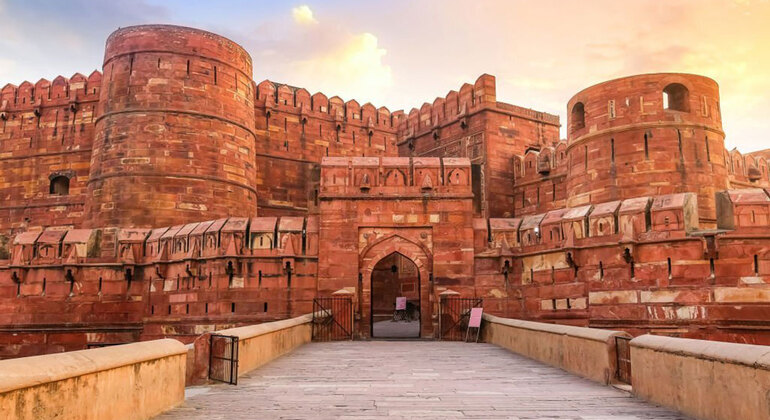
According to historians, Shah Jahan paid Lahori a sum of 1000 rupees for each design, which amounts to crores at present. In 1648, when Shah Jahan decided to shift the Mughal capital from Agra, he ordered Ustad Ahmad Lahori to design the new imperial city called Shahjahanabad (now Old Delhi). Along with the city, he built the Red Fort by 1648. His next project came in the form of Jama Mosque or Jama Masjid. Lahori died before the foundation of the imperial mosques was laid. After Ustad Ahmad Lahori’s death, the Jama Masjid was completed by Ustad Khalil.
Ustad Ahmad Lahori Works
Ustad Ahmad Lahori’s works include the Taj Mahal, Lahore Fort, Agra Fort, and Moti Masjid. Let’s take a look at some of his popular monuments.
Taj Mahal, Agra
The crowning jewel of Ustad Ahmad Lahori’s portfolio, the Taj Mahal stands as an eternal symbol of love and beauty. The mausoleum embodies perfection in architectural design. Lahori orchestrated the construction of the Taj Mahal with utmost precision, employing white marble adorned with intricate carvings, inlaid gemstones, and geometric patterns. The symmetrical layout, flanked by symmetrical gardens and reflective pools, creates a sense of harmony and serenity. It is believed that he drew inspiration for the symmetry and design of the Taj Mahal from the Tomb of Emperor Jahangir.
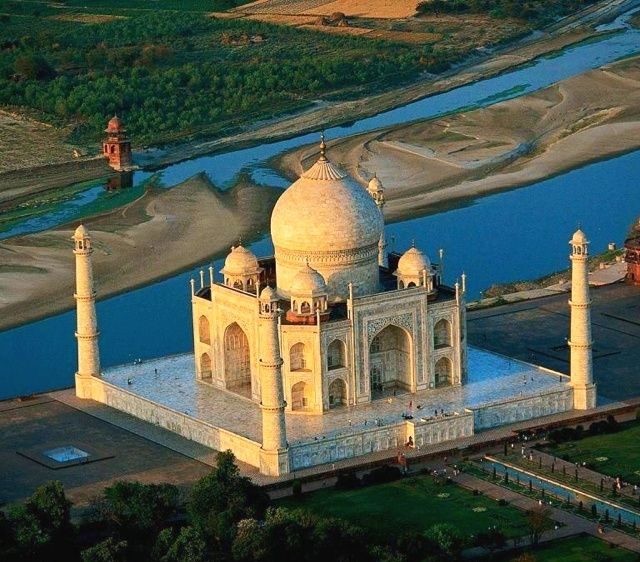
Red Fort, Delhi
Constructed as the primary residence of the Mughal emperors, the Red Fort in Delhi exemplifies Ustad Ahmad Lahori’s mastery of fortress architecture. Built with red sandstone and adorned with ornate marble, the fort’s imposing walls and intricate pavilions showcase Lahori’s ability to marry defensive strength with aesthetic splendour. The Diwan-i-Khas, or Hall of Private Audience, with its iconic marble throne and intricate ceiling, stands as a testament to Lahori’s skill in crafting regal spaces that exude grandeur and opulence.
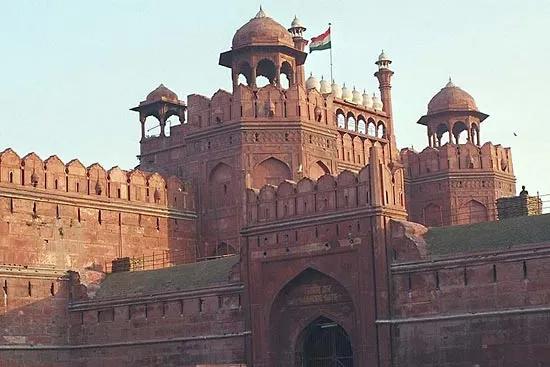
Jama Masjid, Delhi
As one of the largest mosques in India, the Jama Masjid in Delhi represents Ustad Ahmad Lahori’s architectural prowess in religious edifices. Constructed from red sandstone and marble, the mosque features a vast courtyard capable of accommodating thousands of worshippers. The grand entrance gate, adorned with intricate calligraphy and geometric motifs, leads to the prayer hall, crowned by three marble domes and flanked by minarets offering panoramic views of the city. Lahori’s design imbues the Jama Masjid with a sense of spiritual reverence and architectural magnificence.
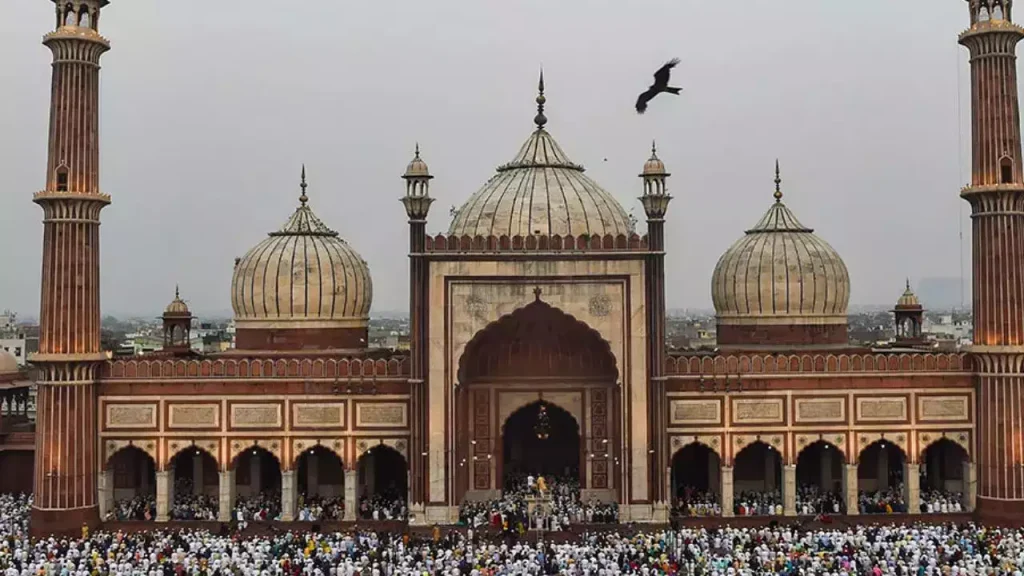
Image Courtesy – Wikipedia
The Altering Landscapes of Culture and Religion in Iran Through Pre- and Post-Islamic Architecture

